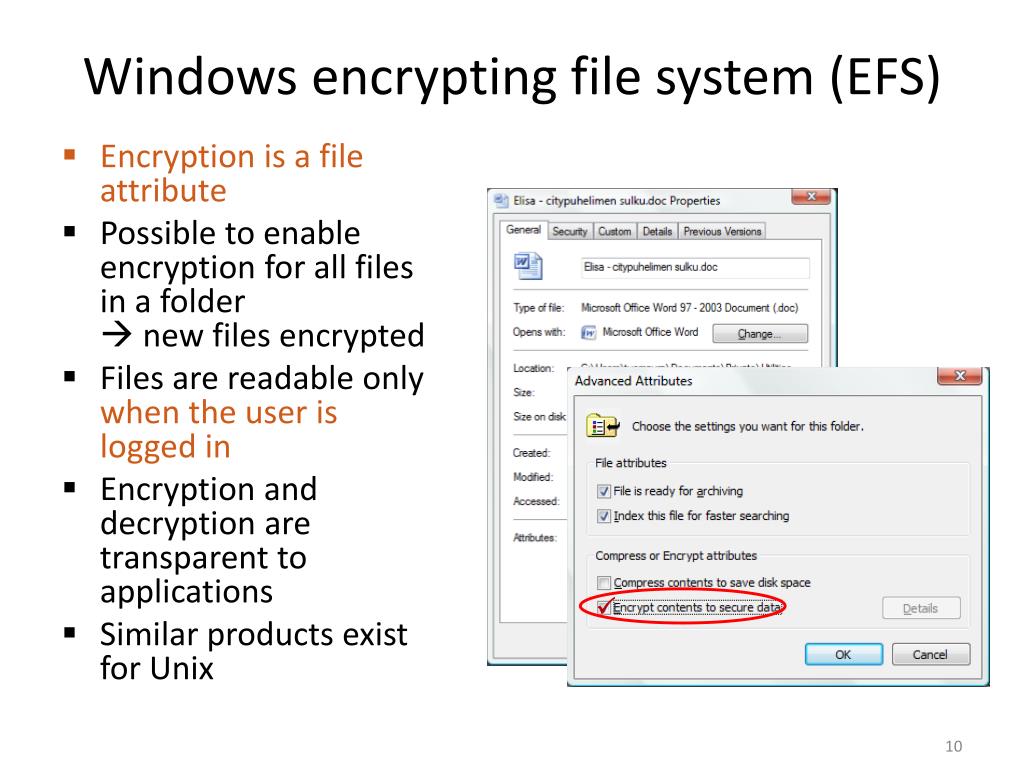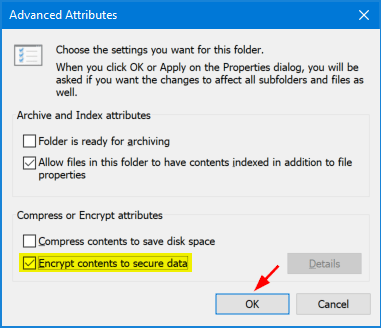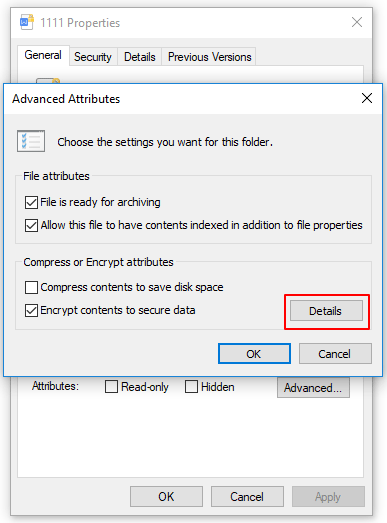

Depending on the number and size of the files, the transfer may take only a few seconds or could require several minutes.ĭisconnect the USB hard drive from the computer. Wait for the computer to copy the encrypted files and folders to the external drive. Therefore, if you connect an external USB hard drive to the system, Windows should assign "E:" as the drive letter by default. For example, if the computer has only one hard drive with a single partition and one optical drive, the hard drive uses the "C:" drive letter and Windows usually assigns the "D:" drive letter to the CD/DVD drive. However, if you know how many drives and partitions your computer uses, you can probably guess the letter of the external drive without much trouble. Since you cannot boot into Windows, determining the drive letter of the external USB drive may require a little trial and error. Change the "F:\" value to the drive letter assigned to the external USB drive.

Xcopy C:\EncryptedFolder F:\ /s /e /j /g /vĬhange the "EncryptedFolder" value to the folder name containing the encrypted file. To do so, enter the following syntax at the command prompt and press "Enter": If you cannot boot into Windows or plan to move the encrypted files and folders to a new computer, copy the encrypted files and folders to the external hard drive using the Xcopy command. Scroll to "Safe Mode with Command Prompt" and press "Enter."

Press the "F8" key as soon as you see the Windows logo screen to display the Advanced Boot Options menu.


 0 kommentar(er)
0 kommentar(er)
